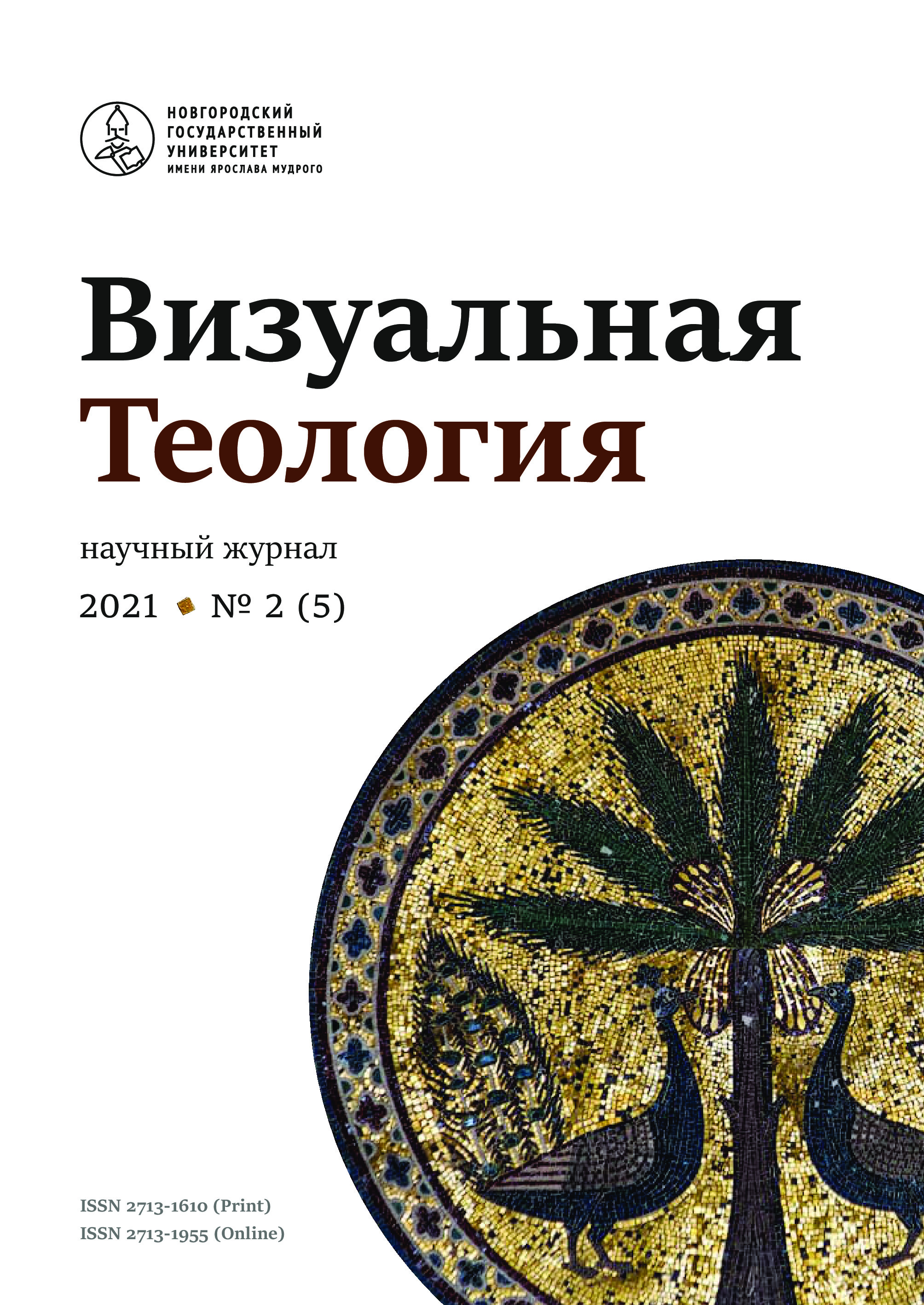“The Appearance of Christ before the People” by A. Ivanov as a Subject of Theological Hermeneutics
Abstract
The article considers the painting “The Appearance of Christ before the People” by A. Ivanov as a very valuable subject of study for visual theology (by the method of hermeneutics of images). The enormity of the task that the artist faced is striking. The central event of world history – the arrival of the Savior into the world – was so boldly placed in his picture by A. Ivanov. In fact, A. Ivanov gives in his picture an overview of the fate of the human race, similar to the one we see in Dante’s “Divine Comedy”. Unlike the latter, there is limited number of characters in the picture, and therefore each of them becomes a symbol of some important character and phenomenon. There are no paintings in European history similar to this one, only multi-plot paintings of temples made by artists – “titans of the Renaissance” can be compared with it. The Russian artist managed place all ideas into one plot only because of the special quality of his worldview, which, after A. S. Khomyakov, is commonly called “sobornost”. This monumental canvas was appreciated by the geniuses of that time – N. V. Gogol, A. S. Khomyakov and N. Ya. Danilevsky. The artist’s task was to depict the diverse impression that the Savior’s arrival in the world made – an impression that, as in a grain, contained the influence that he made in the future. In this picture, A. Ivanov sets a task that is possible only for iconography – the image of the fate of all mankind as a result of its meeting with Christ. The Russian painter managed to embody this idea by secular means. The first image in the picture among people is St. John the Baptist as the embodiment of humanity, who hoped for his salvation and recognized his Savior. All the other images are expressing the ways leading humanity to Christ. This collective experience of humanity is given in the picture. The picture gives a typology of the ways of conversion of souls to Christ and the corresponding typology of personalities. Actually, the iconographic plot of the picture is the moment of conversion (initiation, “second birth”) in its various forms, and at the level of integral composition – the history of the world until the Last Judgment, given in a symbolic form. From a technical point of view, A. Ivanov made a brilliant synthesis of the technique of painting and iconography. The discussions of the artist’s contemporaries about the painting have already outlined the present circle of all the correct and incorrect ways of understanding it.


